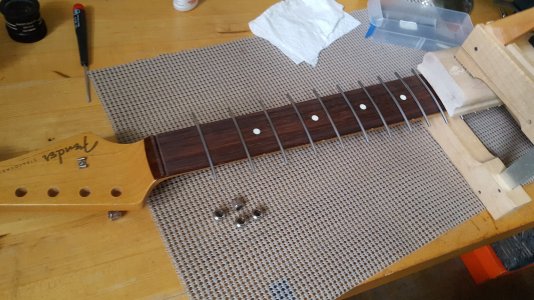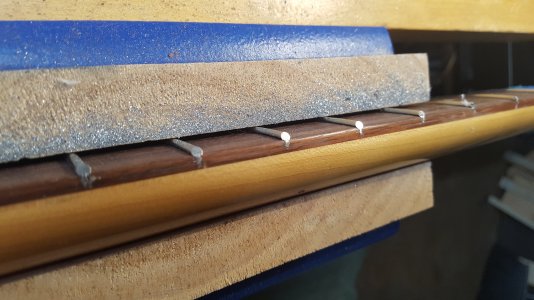stratamania
Mythical Status
- Messages
- 12,286
For flush cutting I have something from Knipex that looks like an Ear Clamp plier
https://www.knipex.com/index.php?id=1216&L=1&page=group_detail&parentID=1369&groupID=2439
The difference is mine was ground to be a little flusher.
https://www.knipex.com/index.php?id=1216&L=1&page=group_detail&parentID=1369&groupID=2439
The difference is mine was ground to be a little flusher.






